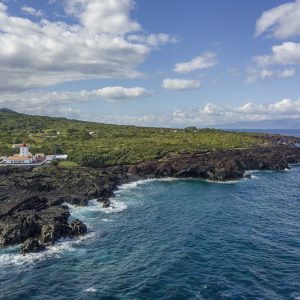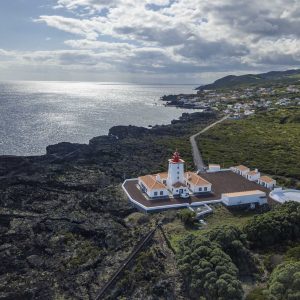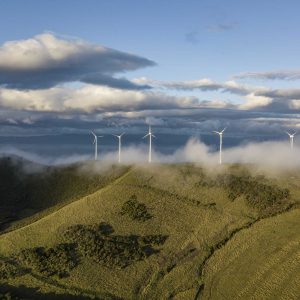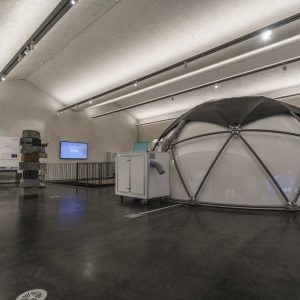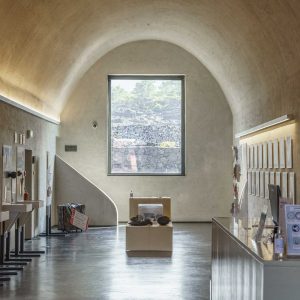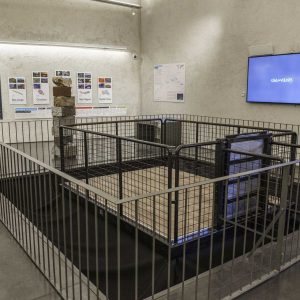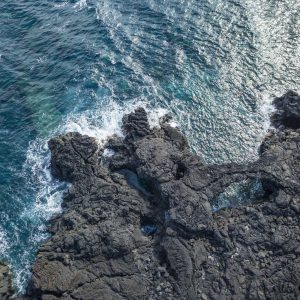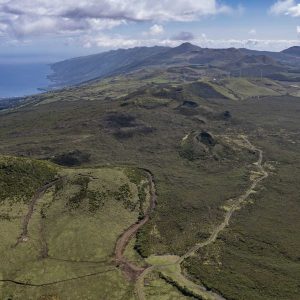With less than 300,000 years, Pico is the youngest island in the archipelago and an island with many records: it is the highest point in Portugal (2350m) and also the third largest volcano in the North Atlantic. Marked by its intense volcanic relief and a very particular basaltic, black landscape, this island offers a unique experience in the open, regarding the volcanism of the Azorean archipelago.
The visit starts in the Volcanoes House, a differentiated museum space where you can learn about the formation of the archipelago, through enriching virtual and sensory experiences, suitable for all ages.
Next, we take the opportunity to get to know Lajido de Santa Luzia, in a small walking trail along this very typical landscape of Pico Island, where you'll discover a number of structures and micro-reliefs associated with the effusive volcanism of the island. Lajido de Santa Luzia corresponds, precisely, to an extensive field of very fluid basaltic lavic flows emitted by Pico Mountain, which set apart this protected landscape today.
We proceed to the Fossil cliff of Santo António, an old cliff covered by several lavic flows, mostly originating from Pico Mountain, and which gradually made the island grow. Here, spectacular lava cascades are visible, and you are also able to observe small islets by the coastal area of Furna, or dive in one of its bathing areas, such as the famous natural pools of São Roque.
After lunch, we head to Lagoa do Capitão, the largest lagoon in the island, surrounded by an idyllic landscape with abundant endemic vegetation. This is one of the best places where you can get a magnificent view of Pico Mountain, or hear the sounds of different bird species, seeking food and shelter.
In the area of Cabeço dos Sardos, we can see a very interesting alignment of 4 pit craters, resulting from the collapse of the volcano's surface. The largest is about 250 m in diameter, and the beautiful Lagoa Negra occupies the smallest.
We end the day in Manhenha bathing area, in the eastern part of the island, consisting of several natural pools of volcanic origin. Diving in these clear waters, enclosed by its black rocks, is an experience not to be missed.

